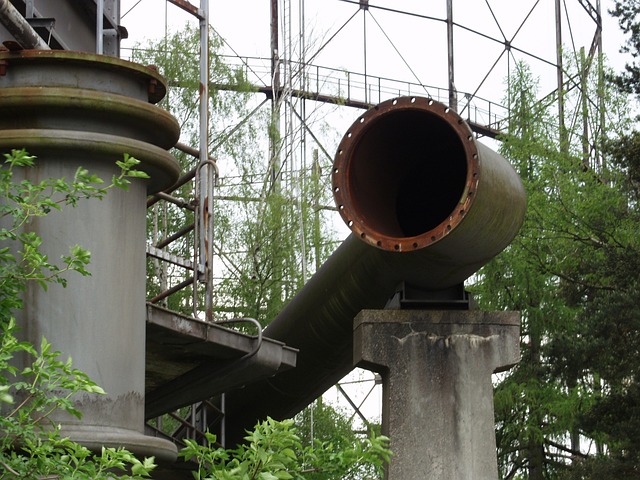DIY pipe insulation is an effective solution for homeowners in colder climates to prevent heat loss through uninsulated pipes, protect plumbing from freezing, and reduce energy bills. Using materials like foam or fiberglass, homeowners can create protective barriers that retain heat, minimize thermal loss, and adapt to various pipe sizes and shapes. Essential tools include protective gear, a measuring tape, and heat sealing equipment for safe and efficient installation.
“Stay warm this winter with our comprehensive guide on DIY pipe insulation. Discover effective methods to stop heat loss and prevent freezing pipes in your home. We’ll break down the science behind heat loss, explore common causes and risks, and provide you with step-by-step techniques for long-lasting protection. Learn how to choose the right materials and tools to keep your pipes insulated, ensuring a cozy and hassle-free season ahead.”
- Understanding Heat Loss and Pipe Freezing: Common Causes and Risks
- DIY Pipe Insulation Techniques: Effective Solutions for Homeowners
- Choosing the Right Materials and Tools for Long-Lasting Protection
Understanding Heat Loss and Pipe Freezing: Common Causes and Risks

Heat loss through pipes is a common issue, especially in colder climates, and can lead to significant energy waste and even frozen pipes. Understanding the causes behind this problem is the first step in finding effective solutions. One of the primary factors contributing to heat loss is inadequate insulation around piping systems. Uninsulated pipes are vulnerable to temperature drops, causing water inside to freeze and expand, potentially resulting in burst pipes and costly damage.
Various factors can exacerbate this issue, such as poor installation practices, exposed pipes in exterior walls or ceilings, and suboptimal routing of piping through unheated areas. DIY pipe insulation offers an accessible solution for homeowners to mitigate these risks. By insulating pipes, you create a protective barrier that retains heat, preventing freezing and minimizing energy losses, ultimately leading to more comfortable living spaces and reduced utility bills.
DIY Pipe Insulation Techniques: Effective Solutions for Homeowners

DIY pipe insulation is a practical and cost-effective solution for homeowners looking to prevent heat loss and freezing during colder months. By insulating exposed pipes, you can significantly reduce energy bills and protect your plumbing system from damage caused by extreme temperatures. Several effective techniques are accessible to those with basic DIY skills. One popular method involves using foam insulation, which comes in various types designed specifically for pipes. These foams expand to fill gaps and create an excellent barrier against heat transfer. Another approach is wrapping pipes with pre-made insulation jackets or bands, offering both protection from freezing and a means to prevent condensation. For a more customized solution, homeowners can craft their own insulation by filling pillowcases or fabric sleeves with materials like recycled newspaper, cotton, or specialized fiber glass insulation. This method not only provides excellent thermal resistance but also allows for easy wrapping around pipes of various shapes and sizes.
Choosing the Right Materials and Tools for Long-Lasting Protection

When it comes to DIY pipe insulation, selecting the appropriate materials and tools is key to ensuring long-lasting protection against heat loss and freezing. Opt for high-quality insulation materials such as foam or fibre glass, which are designed to effectively trap heat and provide excellent thermal resistance. These materials come in various forms, from rigid foams to flexible blankets, allowing you to choose the best fit for your pipe size and installation accessibility.
For tools, a sharp utility knife will be essential for cutting insulation to the correct length. A measuring tape helps ensure precise cuts, while a heat gun or hair dryer can assist in sealing and smoothing the insulation material. Remember to wear protective gear, including gloves and safety glasses, during the process to prevent injuries from sharp edges or hot surfaces.
By implementing these DIY pipe insulation methods, you can effectively stop heat loss and prevent freezing pipes during cold weather. With the right materials and tools, homeowners can achieve long-lasting protection, ensuring a comfortable and safe living environment. Incorporating DIY pipe insulation is not only an efficient solution but also an eco-friendly and cost-effective way to maintain your home’s plumbing system.
